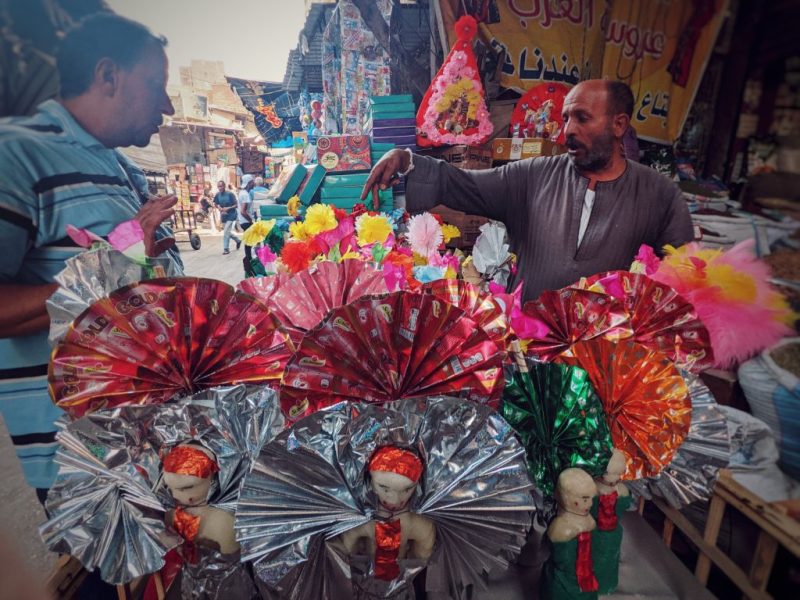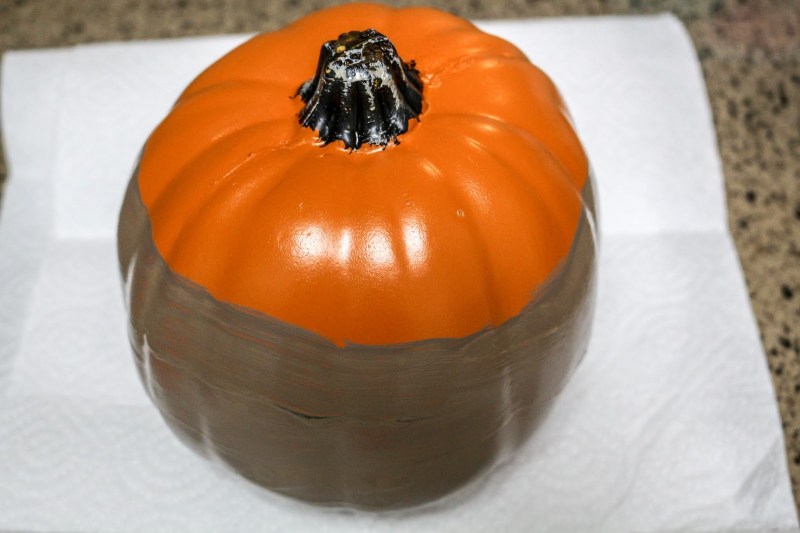Egyptian Celebrations And Traditions – When the Nile flooded, the Egyptians celebrated the festival of Opat, a joyous journey in which images of the gods were taken from Karnak to Luxor.
This 20th-century painting recreates the excitement and joy of the three holy shrines by American artist Balazs Balogh on his way to Luxor.
Egyptian Celebrations And Traditions

Every year, the arrival of the ancient Egyptian aket, thinking a lot about the water season. Meaning “the flood,” Aket was the pivotal moment when the waters of the Nile flooded the land and restored Egypt’s fertility. It was also this time of rejoicing that ancient Egypt held its most amazing and mysterious festival: the Festival of Opites.
Birthday Celebrations And Traditions In Egypt
Opat was celebrated in the city of Thebes, and the center of the festival was a great procession from Karnak to Luxor. During these journeys, the images of the city’s most sacred deities—Amun-Re, the great god, his wife Mut, and his son Khun—were placed in special vessels called skins and carried from temple to temple. goes

During the Opete period, sacred scrolls with images of Amun, mud, and blood left the temple of Amun-Re at Karnak on the east bank of the Nile.
The ancient name of Opet is Heb nefer en Ipet, which means “the beautiful feast of Opet”. The word opet or ipet is thought to refer to the inner sanctum of the Luxor Temple. Because of the importance of this happy event, the second month of Akhet, when the festival took place, was called: Pa-en-pet, [the month of] Opet. During the reign of Thutmose III (1458-1426 BC), the festival lasted for 11 days. When the reign of Ramesses III began in 1187 BC, it was extended to 24 days; He died in 1156 BC, his age was 27.

Massarah, Egypt. 26th Sep, 2020. Anba Basanti (c), Bishop Of Helwan And Massarah, Leads A Procession Held As Part Of Celebrations Marking The Death Anniversary Of Coptic Saint Parsoma The Naked (1257·1317),
The beautiful festival became a major celebration in the New Kingdom (ca 1539-1075 B.C.) during the reign of the 18th Dynasty, after the expulsion of the Hyksos invaders, who had occupied the northern part of the Nile Valley for 200 years. Egypt’s new rulers wasted no time in making their capital, Thebes, the main place to celebrate the consolidation of power, and Opiate’s court took center stage. (See also: How Egypt’s Rebel Queens Overthrew an Empire.)
A high priest of Thebes had statues of Amun, Mut, and Khans. 12th century BC Museum of Egyptian Antiquities, Cairo

Egypt displayed its glory with engineering feats in the expansion of its two great mosques at Karnak and Luxor on the east bank of the Nile. One of the first pharaohs of the 18th dynasty, Thutmose I expanded the temple of Amun-Re at Karnak. His successors continued to improve the ceremonial hall of the temple, building glades, courtyards and thrones. Karnak became one of the largest religious buildings, measuring about two square miles. (See also: Behind the Scenes of Ramses’ Royal Wedding)
Egypt Holidays Calendar |egypt Tours
Famous for its flying columns and statues of Ramses II, the magnificent Luxor Temple was built between the reigns of Amenhotep III and Ramses II between 1400 and 1200 BC. Archaeologists believe that a small building stood there before Amenhotep III, Tutankhamun and Ramses II expanded the complex and added a large courtyard, several rooms, a beautiful colonnade, a pylon and an obelisk. (See also: Who was the Egyptian Pharaoh who opposed Moses?)

Queen Hatshepsut’s Red Temple at Karnak was rebuilt. The original building contains the earliest evidence of Opat’s festival
The earliest evidence of the Opet ceremony dates from the reign of Hatshepsut and is shown on the south side of the Red Chapel at Karnak. Built of red quartzite blocks and gray diorite, this temple houses the sacred skin of Amun when it is not being used for opiate or other functions. Other Incidents Incidents ——–

Sufi Ecstasy: Egypt’s Hidden Mawlid Festivals By Yasmin Kamal On Bbc Arabic — Documentary Weekly
After the queen’s death, her temple was demolished, and the parts were used to fill the third pylon of Karnak, which was built by Amenhotep III. After an earthquake in the 19th century, the blocks were rediscovered. After research, and with the help of a collection of scenes depicting the feast of the Opete, the researchers were able to reconstruct the church. His measurements also helped historians estimate the volume of skin.
The cycle route between the temples varied over time, sometimes running along the Street of the Sphinxes, a street nearly two miles long and lined with statues of mythical animals. At another time, the sacred image traveled from Karnak to Luxor on a carved skin, known in Egyptian as user-Amun (“Amun is the power of power”). This vessel is made of Lebanese cedar covered with gold. Its front and back are decorated with a ram’s head, sacred to God.

Most of what is known about the festival are paintings and works of art found in the temple complex of Amun-Re at Karnak, Luxor Temple. and the mortuary temple of Ramesses III at Medina Habbo.
The Thousand Year Old Egyptian Tradition Of The Arouset Al Mawlid
The evidence is from the Red Chapel of Queen Hatshepsut (reigned 1479-1458 BC. During her reign, only Amun-Re traveled from Karnak to Luxor. Relief from the Red Temple is shown in the temple of the Goddess of Mercy performed by priests. Initially, the procession was on foot, stopping at the six altars built by Hatshepsut that ran between the two temples along the Avenue of the Sphinx. The reliefs show statues and priests going to Karnak by boat.

September 11, 2017 – Archaeologists have discovered the first 3,500-year-old tomb near Luxor, Egypt. The tomb belongs to a goldsmith and his wife, along with a carved image of them. This family lived in Egypt in the 18th century. Archaeologists have also found statues, mummies, pottery and other artifacts. They believe that its content will provide insight into other experiences. Click here to read a first look inside a newly opened Egyptian tomb.
Luxor reliefs show how the celebration grew and changed over time. The colonnade, added during the reign of Tutankhamun, features detailed reliefs that provide insight into the activities of the opus and how it has changed since the time of Hatshepsut. Archeology shows that Amon-Re was accompanied by his wife Maut and their son Khune on the journey. Some reliefs show the pharaoh as part of a group.

Christmas Guide In Egypt
Changes in style can be seen in the art at Luxor. Images of the gods preceded the path of the sphinxes on both sides of the Nile. Traveling south, against the flow of the river, the skin is tugged by other boats and people on the river bank. The high-ranking officers who took part in the ship lines considered it a great honor to be written in their life stories. Walking along the bank of the river, sacrifices were opened by soldiers, dancers and sacrificers, in which fat cows were also sacrificed.
Priests in the 15th century BC. Rest in Hatshepsut’s Red Chapel in Karnak.

The holiday makers are working hard to show the great scene: many priests support the coins and statues, while the crowd is happy with the sound of music. The shoulders of the gods were brought to the temple of Luxor on the banks of the river and carried on the shoulders of the priests to the holy precinct. Ceremonies were held in the outer courtyard, after which the chickens were brought into the inner sanctum, where only the high priests and pharaohs were present. When the job was done, the skin went back to the crank.
Festivals In Egypt
Although the lifeguards provide a lot of information about the procedure, they do not reveal the exact reason for the operations that took place in Luxor. Despite the obituary’s recognition and honor in the arts, no text describing the event has survived. No traces of travel leather have been found since Eid.

Another popular theory is that opiate rituals confirmed the king’s throne. This vital force resided in the bodies of all the pharaohs of Egypt from ancient times to modern times. Annual ratification of such acts helps to strengthen the authority of the king. (See also: Egypt’s pharaohs saved divine justice from beyond the grave.)
Left: Inscribed on a piece of limestone, this 13th century BC image shows the skin of Amun being carried away by priests. Egyptian Museum and Papyrus Collection, Berlin

Egyptian Food: 25 Must Try Dishes In Egypt
Right: 12th century BC. Tomb of Ramses III, Medinet Habu, Thebes
Hormeheb, the last pharaoh of the 18th dynasty, was a general under Tutankhamun, and may have been his official heir even though he was not related by blood. Horemheb restored Egypt after the brutal rule of Akhenaten, who overthrew Egypt’s religion and government. Hormeheb’s anointing took place during the reign of Opat, which gave him justice in the eyes of men and gods in Egyptian culture. If he is known as the son of Amon Re, then

Greek celebrations and traditions, christianity traditions and celebrations, australian celebrations and traditions, mexican traditions and celebrations, panama traditions and celebrations, switzerland celebrations and traditions, irish celebrations and traditions, canadian traditions and celebrations, indian traditions and celebrations, japanese celebrations and traditions, jamaican traditions and celebrations, portuguese traditions and celebrations


